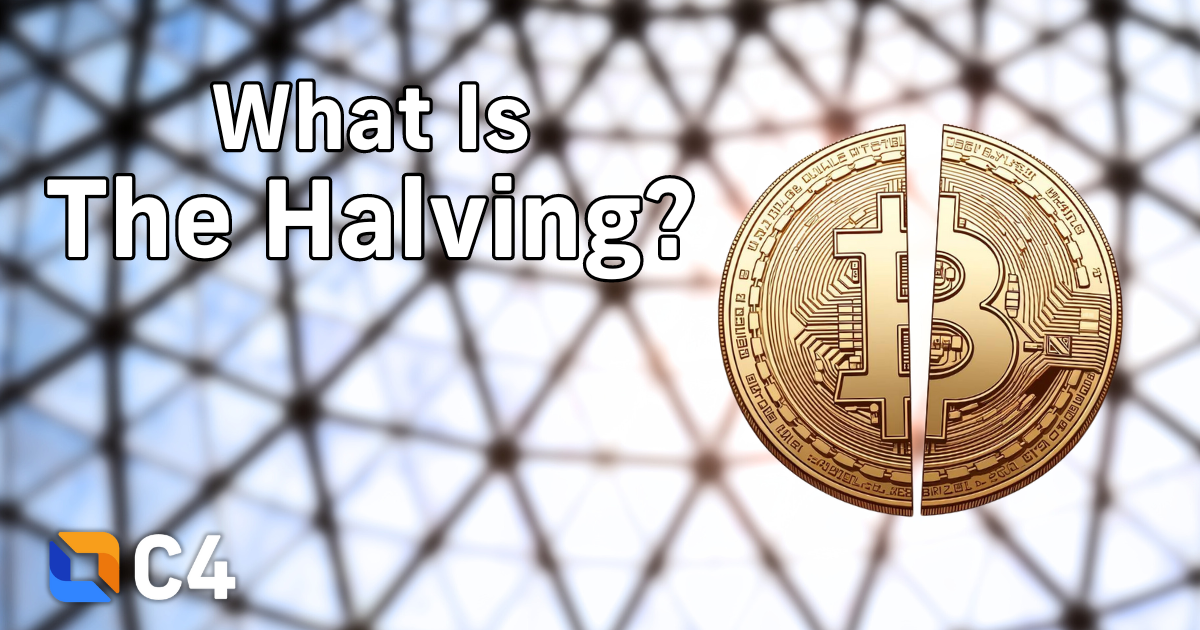
Understanding the Bitcoin Halving
Bitcoin's protocol includes a ‘mining’ process where specialized computer hardware tackles complex mathematical problems to validate transactions and secure the network. Read on to understand nuances of this process, notably the Bitcoin halving, which is a programmed reduction in the block rewards miners receive, aimed at controlling the supply of new bitcoins and influencing economic factors like inflation and scarcity. As we approach another such halving, the interplay between technology and monetary policy within Bitcoin's architecture offers a compelling study of digital scarcity.
At the heart of Bitcoin's design is the mining process. Miners use specialized computer hardware to solve complex mathematical problems, validating transactions, and securing the network. Each block is added to the blockchain through this mining process and the first miner to correctly solve the problem for each block earns the block reward. Originally, miners were rewarded with 50 BTC for each block they successfully added to the blockchain, but the Bitcoin halving, a recurring event programmed into the Bitcoin protocol, reduces the block rewards that miners receive by half.
Bitcoin halvings occur approximately every four years, or after every 210,000 blocks have been mined. The most recent halving was in May 2020 and reduced the block reward from 12.5 to 6.25 BTC. The upcoming halving, anticipated in April 2024, will reduce the block reward from 6.25 to 3.125 BTC. This deliberate approach controls the supply of new bitcoin entering the system, thus influencing the inflation rate and the scarcity of bitcoin.
The halving plays a crucial role in the Bitcoin network's economic model. Satoshi Nakamoto, the pseudonymous creator of Bitcoin, designed the currency with a fixed supply of 21 million coins to prevent inflation and promote scarcity. The primary rationale behind Bitcoin halvings is to control the rate at which new bitcoin are generated, simulating a form of digital scarcity akin to precious metals like gold. The halving mechanism ensures that the creation of new bitcoin slows down over time, making Bitcoin deflationary by nature. This design contrasts sharply with fiat currencies, which central banks can inflate at will.
Ultimately the Bitcoin halving is much more than just a technical event within the cryptocurrency's network; it's a fundamental aspect of its economic model and a testament to its innovative approach to digital scarcity and monetary policy.
Disclaimer
The information presented in this article is for educational and informational purposes only. It does not constitute financial advice, investment recommendations, or any form of endorsement.
The views and opinions expressed by individuals in this article are solely those of the speakers and do not necessarily represent those of C4 or any other organizations with which they are affiliated.
The mention or inclusion of any individuals, companies, or specific cryptocurrency projects in this video should not be considered as an endorsement or promotion.
Regulations and legal frameworks around cryptocurrencies may vary in different jurisdictions. It is your responsibility to comply with the applicable laws and regulations of your country or region.
